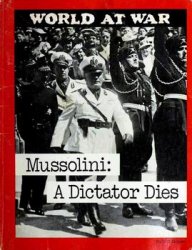The handgun is generally accepted as having been introduced into the Mamluk armed forces under Sultan Qaytbay some time before 1490 (see note to figure 19). His son and successor an-Nasir (1495-98) established a unit of black slave arquebusiers called ’Abid Naftiya or ’Abid Barudiya, which was about 500-strong by 1498 when his amirs, resentful of the favouritism he showed these slaves, forced him to disband them. Arquebusiers nevertheless continued to be employed by the Mamluk sultans in small numbers, but apparently only in the south-east against the Portuguese — for example, an expeditionary force sent to the Hijaz in 1503 included 500 black arquebusiers, and another force serving in the Indian Ocean in 1505 included handgun-equipped Maghribis and blacks. More advanced handguns were introduced from Spain or Venice by a Maghribi c. 1506 but were not fully adopted until 1510, when Qansuh al-Ghawri was making strenuous efforts to drag the Mamluk military system out of the Middle Ages. That year another regular handgun unit was formed to fight the Portuguese, this being officially called the At-tabaqa al-Khamisah, though it was frequently referred to as the al-Askar al-Mulaffaq (the ‘Patched-up’ or ‘Motley’ army), the latter name deriving from the unit’s heterogenous nature, it being comprised of Turcomans, Persians and even non-military artisans as well as Egyptians and probably blacks, even having awlad an-nas and, at one
Point, some Royal Mamluks drafted into it (1515). This unit was probably over 1,000-strong. Once again, however, the hostility of the amirs effectively led to it being utilised only against the Portuguese, so that when the Ottomans attacked in 1516-17 the Mamluks were way behind in firepower.




 World History
World History









